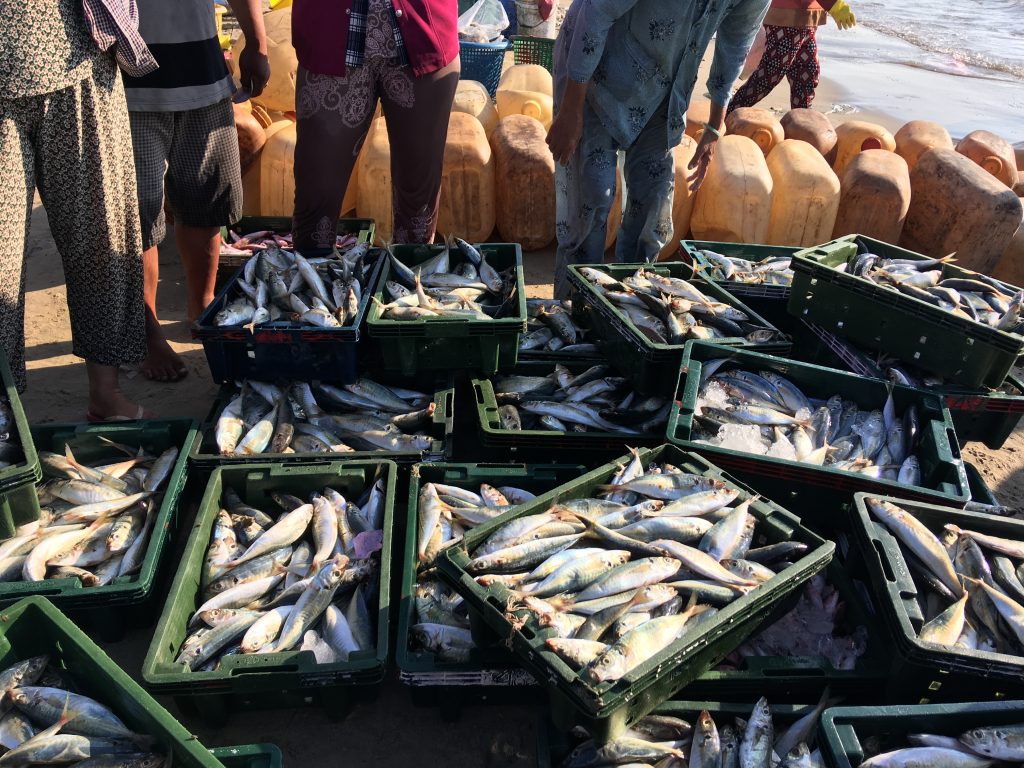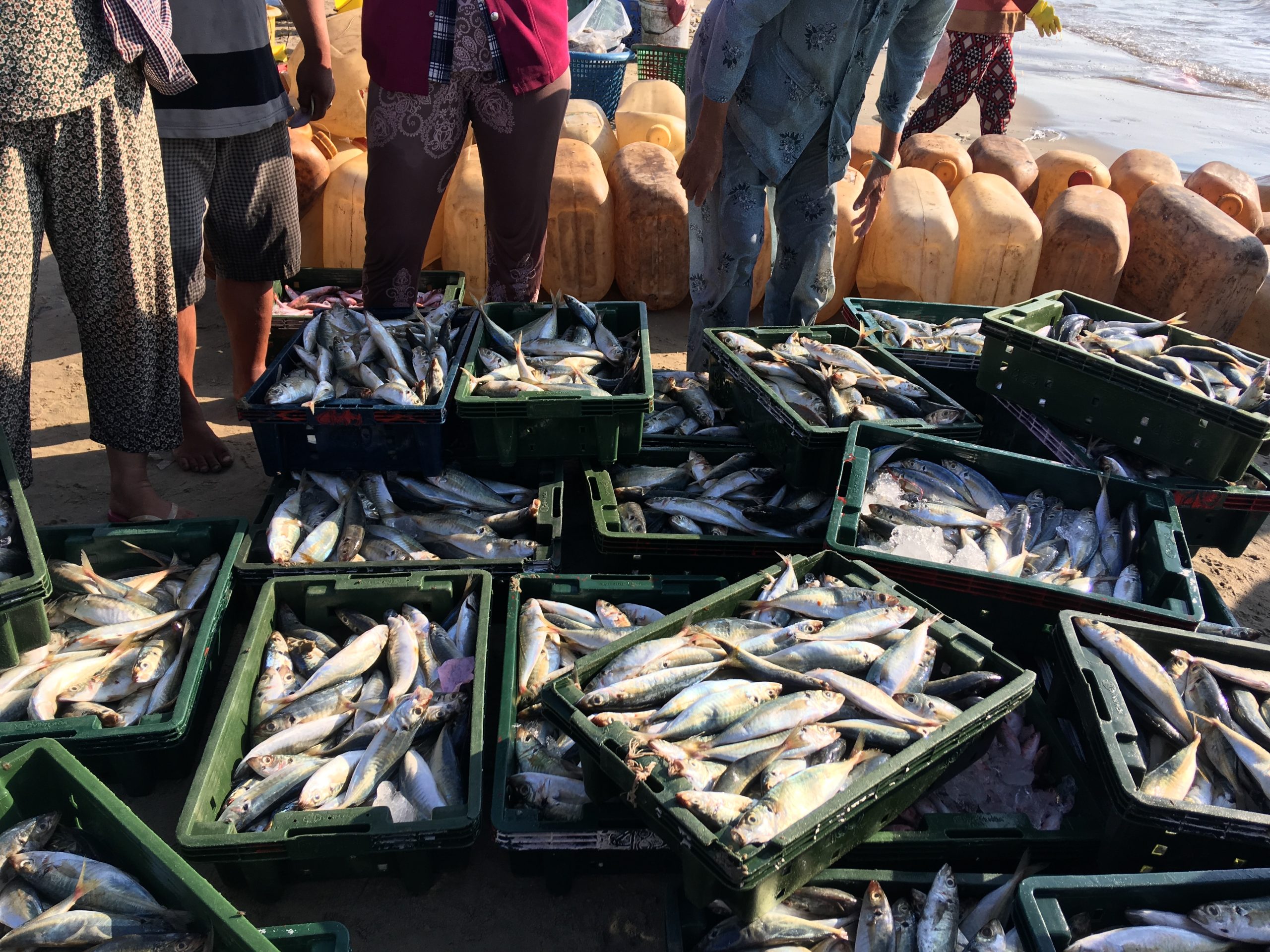
Have you ever looked at a tiny sapling, a winding vine, or a massive oak tree and felt like they have some sort of personality? With the rustle of some leaves or the snap of a twig it might seem like these plants are talking to each other. As it turns out, these fantasies aren’t too far from the truth. Vascular plants (which consist of most plants other than mosses and algae) can actually communicate. These plants can exchange messages through their root systems with the help of mycorrhizal fungi. These fungi exist in a mutualistic relationship with plants and, along with acting as a living walkie talkie, they provide many survival benefits to the plants they live with.
To be clear, vascular plants aren’t chatting in some sort of plant language in the same way that we talk to each other. Instead, they communicate through the transfer of infochemicals. “Infochemical” is an umbrella term for substances released by one plant and detected by another (Chen 2018). Infochemicals can take the form of plant hormones or nutrients and are passed between plants through the soil. The problem with this system is that transport through the soil is incredibly inefficient. When infochemicals move from plant to plant, they can quickly be absorbed by organic material or degrade in the soil such that they do not reach the intended “listener” plant. This is where mycorrhizal fungi come into play.
Mycorrhizal fungi (MF) are distinguished from other fungi by the symbiotic relationship that they have with plant roots. MF attach to plant roots and perform beneficial services for the plant in return for the carbon necessary for MF’s survival. MF networks add large amounts of surface area to plant root systems, allowing for the more efficient uptake of nutrients to the plants such as nitrogen, phosphorus, and carbon. The MF relationship increases efficiency of water collection, enhances photosynthesis, and improves resistance to pathogens. (Barto 2012).
When it comes to plant communication, MF act as “superhighways” for the infochemicals to travel from plant to plant. Instead of having to travel through the soil, infochemicals can be safely transported between plants through common mycorrhizal networks (CMNs). CMNs are made up of interconnected networks of fungal branches, which span the distance between plant roots (Chen 2018). These networks are not exclusive to one species of plant because MF are not host specific and therefore can associate with multiple species at the same time. This allows for messages, in the form of infochemicals, to be passed efficiently between plants of varying species. This method is exponentially more efficient than infochemical transport through the soil, allowing plants to communicate much easier.
You might be wondering, what do these plants have to talk about? It turns out, they have a whole lot to discuss. The world can be a dangerous place and plants use these CMN superhighways as an emergency warning system to let neighboring plants know about potential threats. A plant that experiences a disturbance, such as infection by a pathogen or herbivore attack, can send signals to surrounding plants to let them know of the potential danger. The plants receiving the message can then increase their defense to better prepare for the threat. This exact phenomenon has been observed in neighboring plants where one plant is infected with a pathogen, and then surrounding uninfected plants respond to infochemical signals by activating defense proteins (Chen 2018).
Beyond plant defense, there is still a lot to learn about how plants are communicating and what kinds of things they are “talking” about. There are still questions to be answered such as how plant relatedness impacts infochemical transfer or how far these networks can span underground. If we continue to eavesdrop on this “plant talk” then we can start to understand the interconnected nature of plant communities even better.
Works Cited
Barto, E. K., Weidenhamer, J. D., Cipollini, D., & Rillig, M. C. (2012). Fungal superhighways: do common mycorrhizal networks enhance below ground communication?. Trends in plant science, 17(11), 633–637. https://doi.org/10.1016/j.tplants.2012.06.007
Chen, M., Arato, M., Borghi, L., Nouri, E., & Reinhardt, D. (2018). Beneficial Services of Arbuscular Mycorrhizal Fungi – From Ecology to Application. Frontiers in plant science, 9, 1270. https://doi.org/10.3389/fpls.2018.01270
Bonazzi, D. (2021). The secret underground life of trees. Weizmann Compass. Retrieved December 3, 2023, from https://www.weizmann.ac.il/WeizmannCompass/sections/features/the-secret-underground-life-of-trees.


